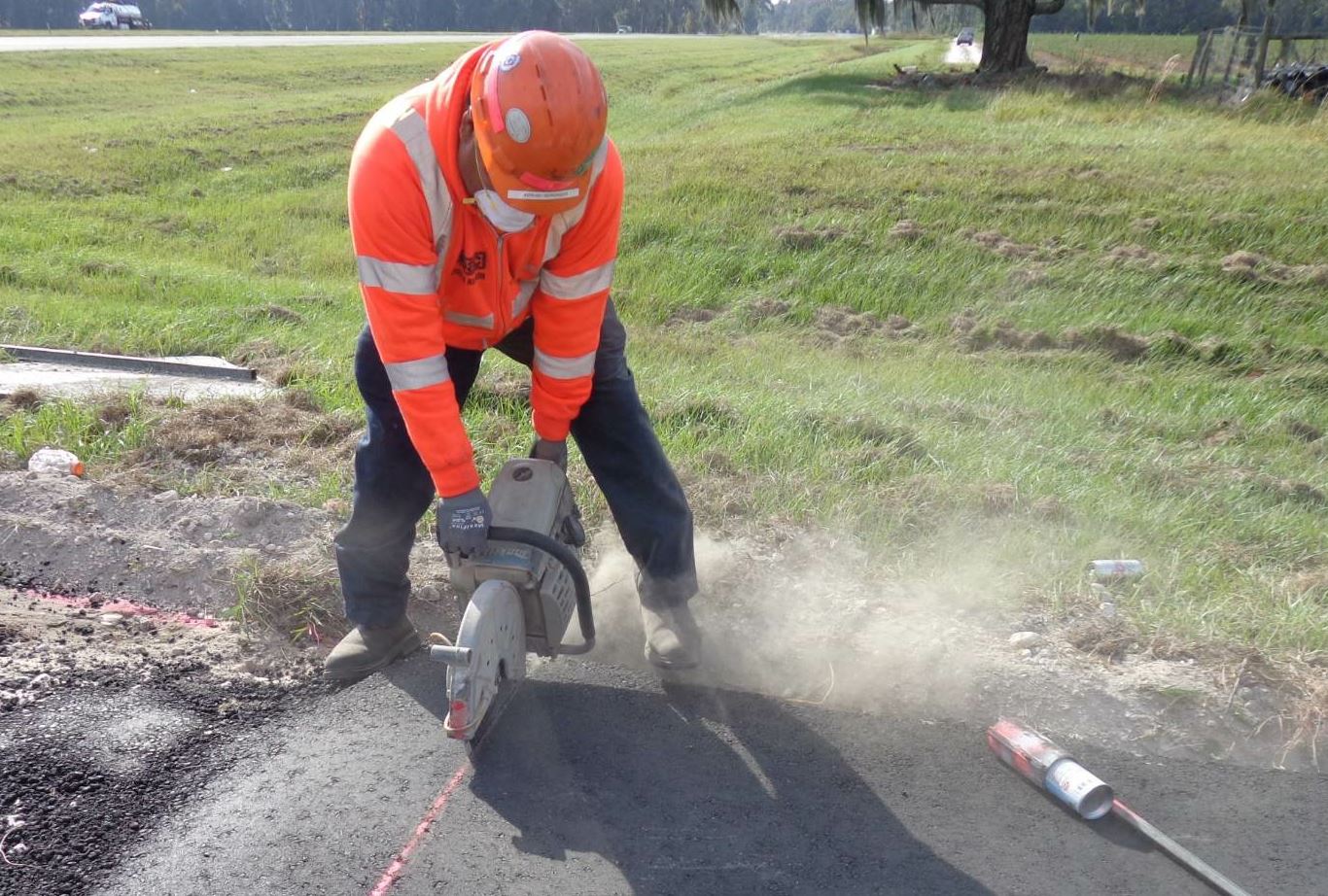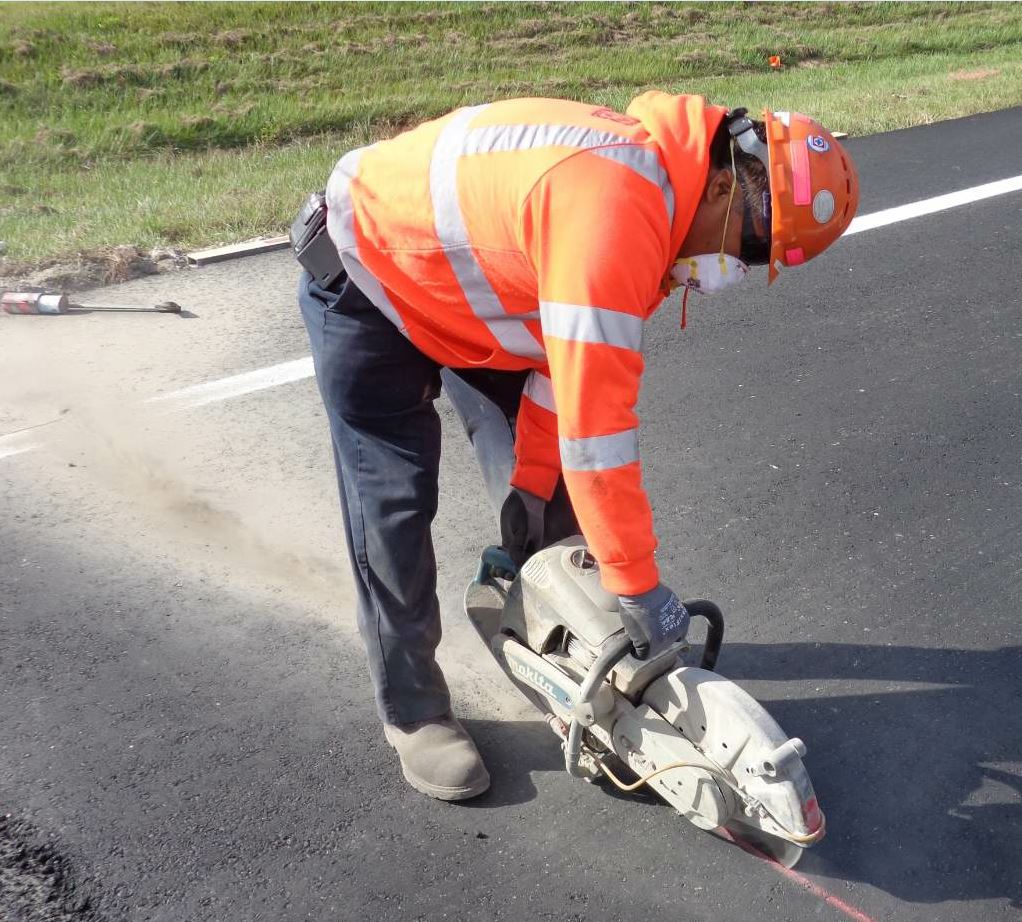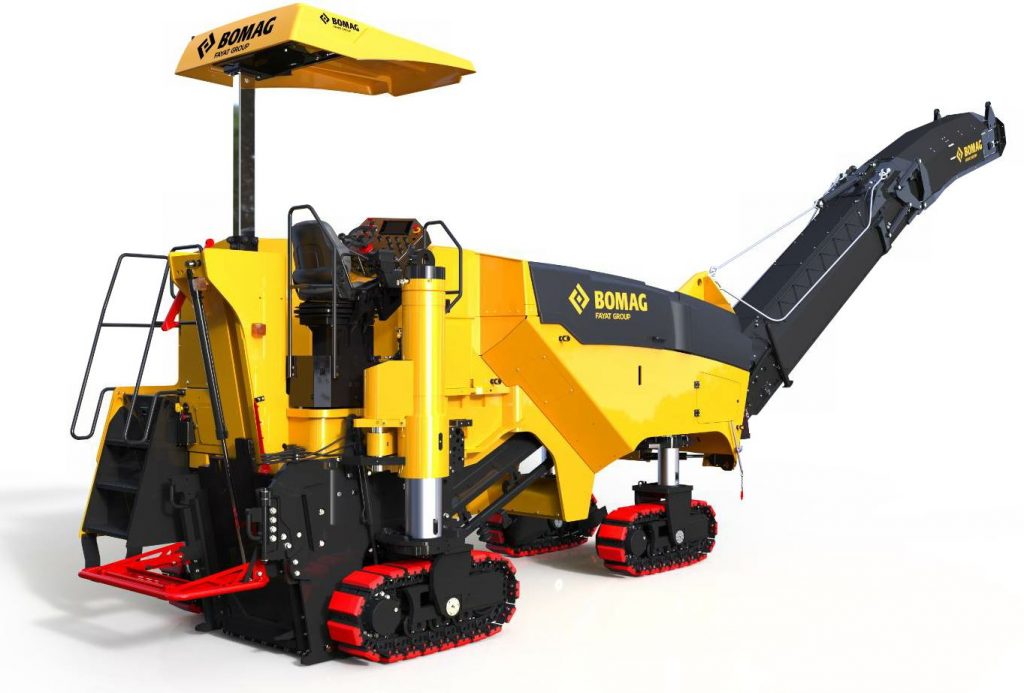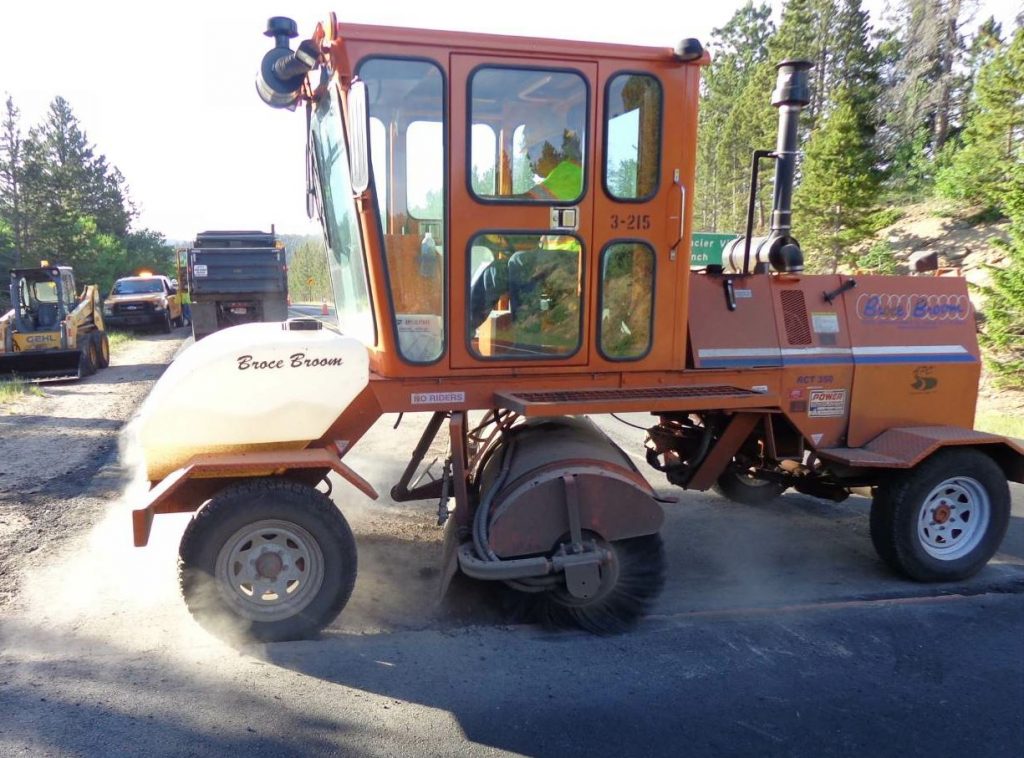Solve Dust Clouds
BY Sandy Lender

Were you planning to offer face masks to workers who may enter dusty areas during the work day? While that sounds like an excellent way to protect workers from inhaling respirable silica dust, it’s a solution that opens up another set of requirements.

You probably know that as of June 2017, employers have been required to take steps to protect employees from the hazards associated with exposure to respirable crystalline silica.
In the Occupational Safety and Health Administration’s (OSHA) Respirable Crystalline Silica Standard for Construction, the administration compiled a table that listed standards for different pieces of equipment that expose a worker to different levels of this dust.
From here on out, you’ll hear people refer to “Table 1” for the construction side of industry—versus the production side—for determining which equipment and tasks require what level/manner of engineering controls for protecting workers from respirable crystalline silica.
In the images at left, you see the worker cutting a transverse joint with a pavement saw that isn’t kicking up a great deal of dust. The worker is wearing a face mask, which OSHA defines as a filtering facepiece. For the purposes of protecting workers from respirable crystalline silica, any dust mask (filtering facepiece) is considered a respirator, and triggers employer responsibilities.
If you’re going to use respirators to mitigate employee exposure, you must have:
- A written program
- A medical evaluation of the worker prior to respirator use
- Training for the worker every 12 months
- A fit test of the worker every 12 months
 Engineering controls are one way to ensure you keep workers’ exposure below the permitted exposure limit (PEL). Matt Mileski, CSP, is the safety coordinator at HRI Inc., and shared that pavement saws will need to have integrated water systems to comply with OSHA regs. “You can’t have a second employee spraying water on the blade and think you’re in compliance,” he shared with an audience. Take the time to modify saws with proper water systems or to purchase updated equipment so you’re in compliance with Table 1.
Engineering controls are one way to ensure you keep workers’ exposure below the permitted exposure limit (PEL). Matt Mileski, CSP, is the safety coordinator at HRI Inc., and shared that pavement saws will need to have integrated water systems to comply with OSHA regs. “You can’t have a second employee spraying water on the blade and think you’re in compliance,” he shared with an audience. Take the time to modify saws with proper water systems or to purchase updated equipment so you’re in compliance with Table 1.
AsphaltPro has reported in the past on the partnership among industry associations, OSHA and equipment manufacturers to engineer dust-control parameters on milling machines. This collaborative industry effort resulted in robust watering systems and vacuuming systems that are standard offerings on larger mills and options on smaller mills, depending on the OEM.

Another way to engineer the solution is to put equipment operators in cabs. If your broom has an enclosed cab, the employer must ensure that the enclosed cab or booth is:
- maintained as free as practicable from settled dust;
- has door seals and closing mechanisms that work properly;
- has gaskets and seals that are in good condition and work properly;
- is under positive pressure maintained through continuous delivery of filtered air;
- has intake air that is filtered through a pre-filter that is 95 percent efficient in the 0.3-10.0 microgram range; and
- has heating and cooling capabilities.
The controls for enclosed cabs lower the potential for dust to be re-suspended inside the cab or enter the enclosed cab or booth. They also ensure that the filtered air provided to the employee does not contain silica particles and that the working conditions in the cab are comfortable so that employees are less likely to open windows and be exposed.
The procedures for maintaining and cleaning the cab or booth, and for frequent and regular inspections of the cabs and booths, must be addressed through the employer’s Written Exposure Control Plan and Competent Person requirements.
